How do you exhibit invisible art? A new show at Palais de Tokyo has the answer
'Perfume, Sculpture of the Invisible' celebrates the work of master perfumer Francis Kurkdjian with an exhibition that activates all the scenes.
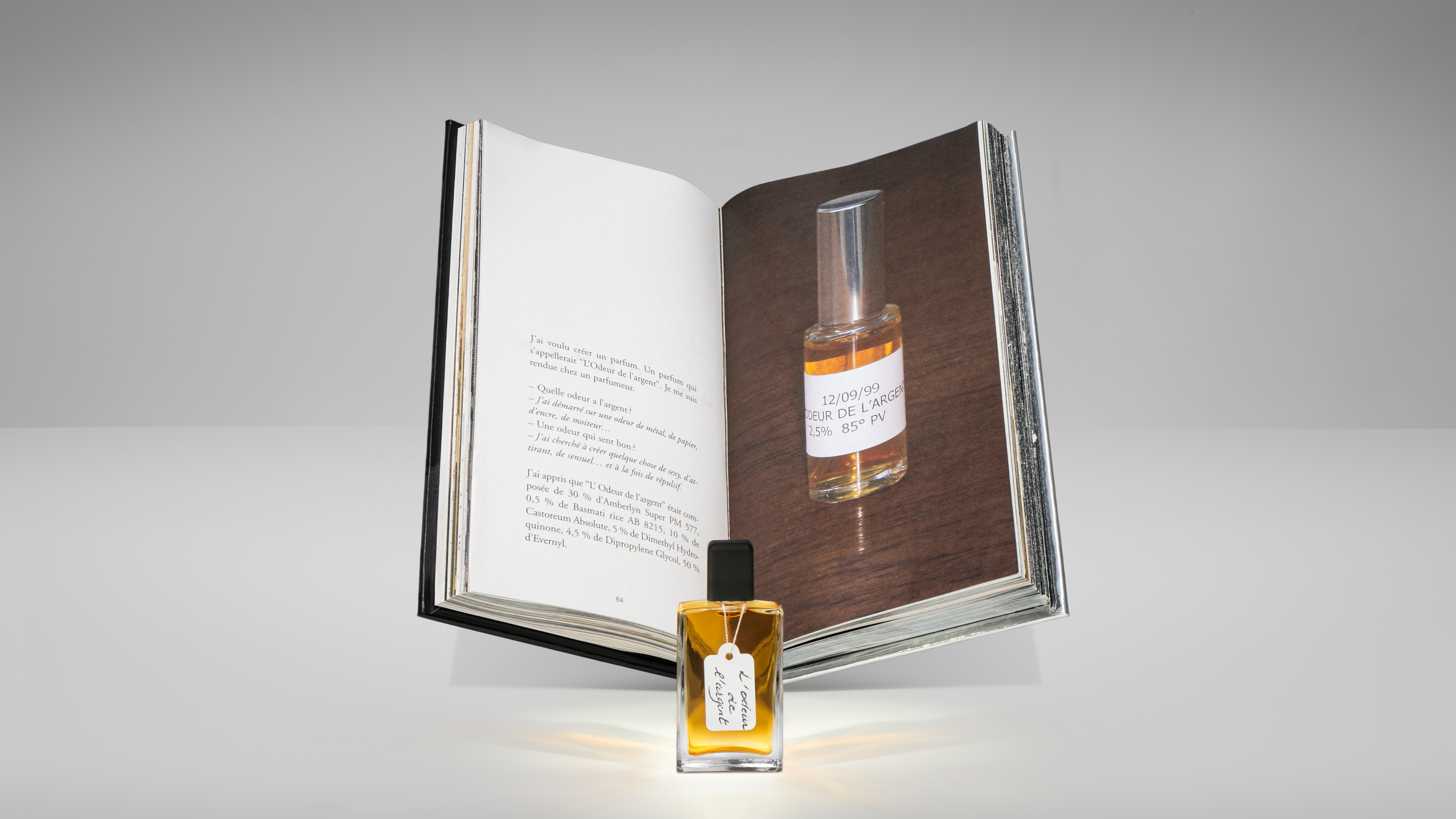
How do you create an exhibition of things you can’t see? This was the question the perfumer Francis Kurkdjian had to answer when he agreed to stage an exhibition of his work at the Palais de Tokyo. The result is Perfume, Sculpture of the Invisible, an expansive showcase of Kurkdjian’s career that combines scent with films, sculptures and sounds to create an immersive sensory landscape that not only challenges conventional ideas around perfumery but also offers a new take on the traditional exhibition experience.
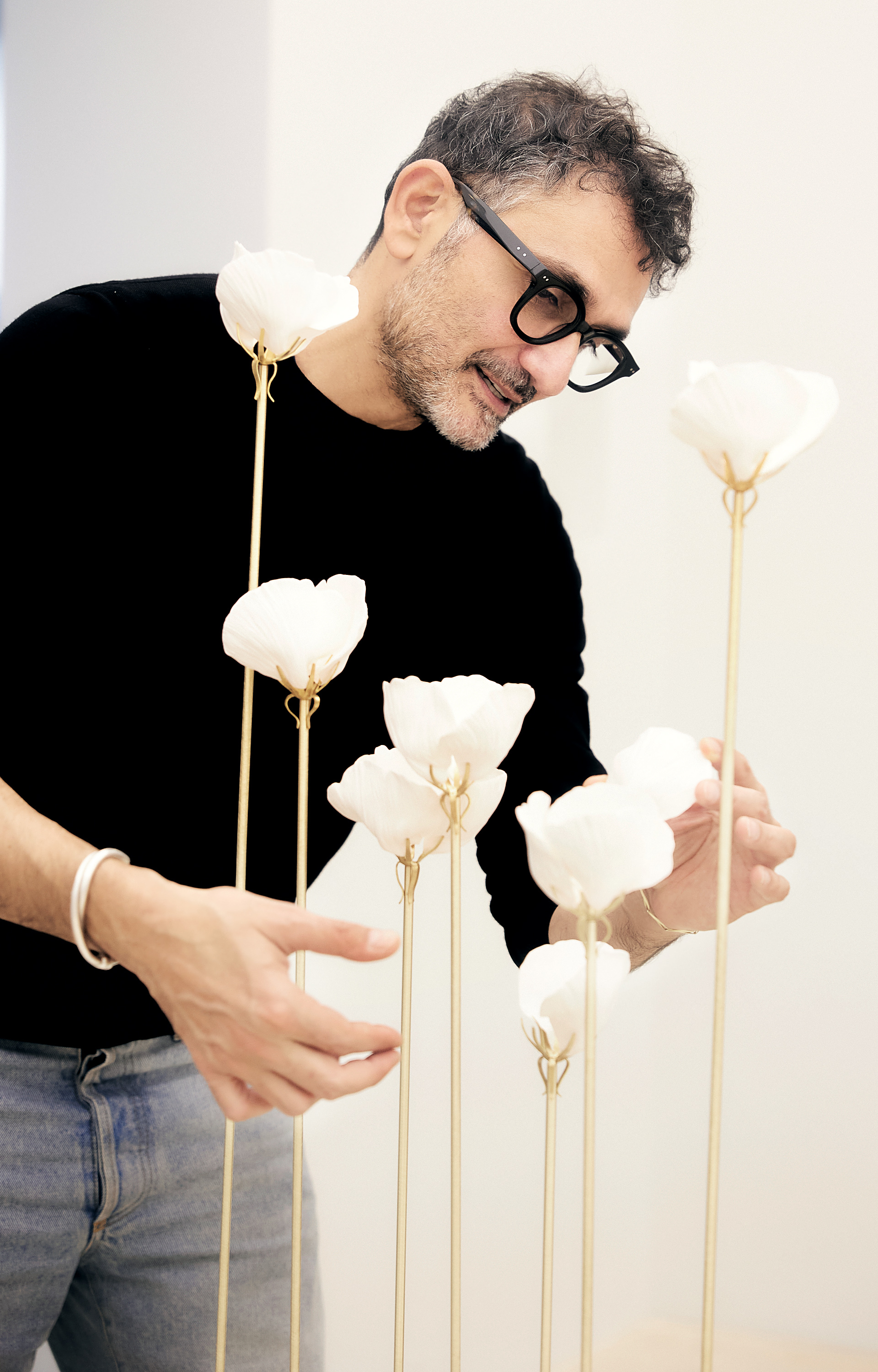
Francis Kurkdjian installing Perfume, Sculpture of the Invisible at Palais de Tokyo
It comes at a meaningful time for Kurkdjian, who this year celebrates thirty years since the launch of his first commercial perfume, ‘Le Mâle’ by Jean Paul Gaultier, which he created at only 24 years old and quickly became an international best-seller that is credited with revolutionising men's fragrance. From then on, Kurkdjian has continued to prove that he is one of the most innovative noses to ever work in perfumery, with a resume that includes collaborations with renowned artists, musicians and chefs, as well as huge commercial hits–Dior’s 'L'Or de J'adore,' 'Narciso Rodriguez for Her,' and, of course, one of the most popular perfumes in recent history 'Baccarat Rouge 540' which Kurkdjian released under his own brand (he is also the creative director at Parfums Christian Dior).
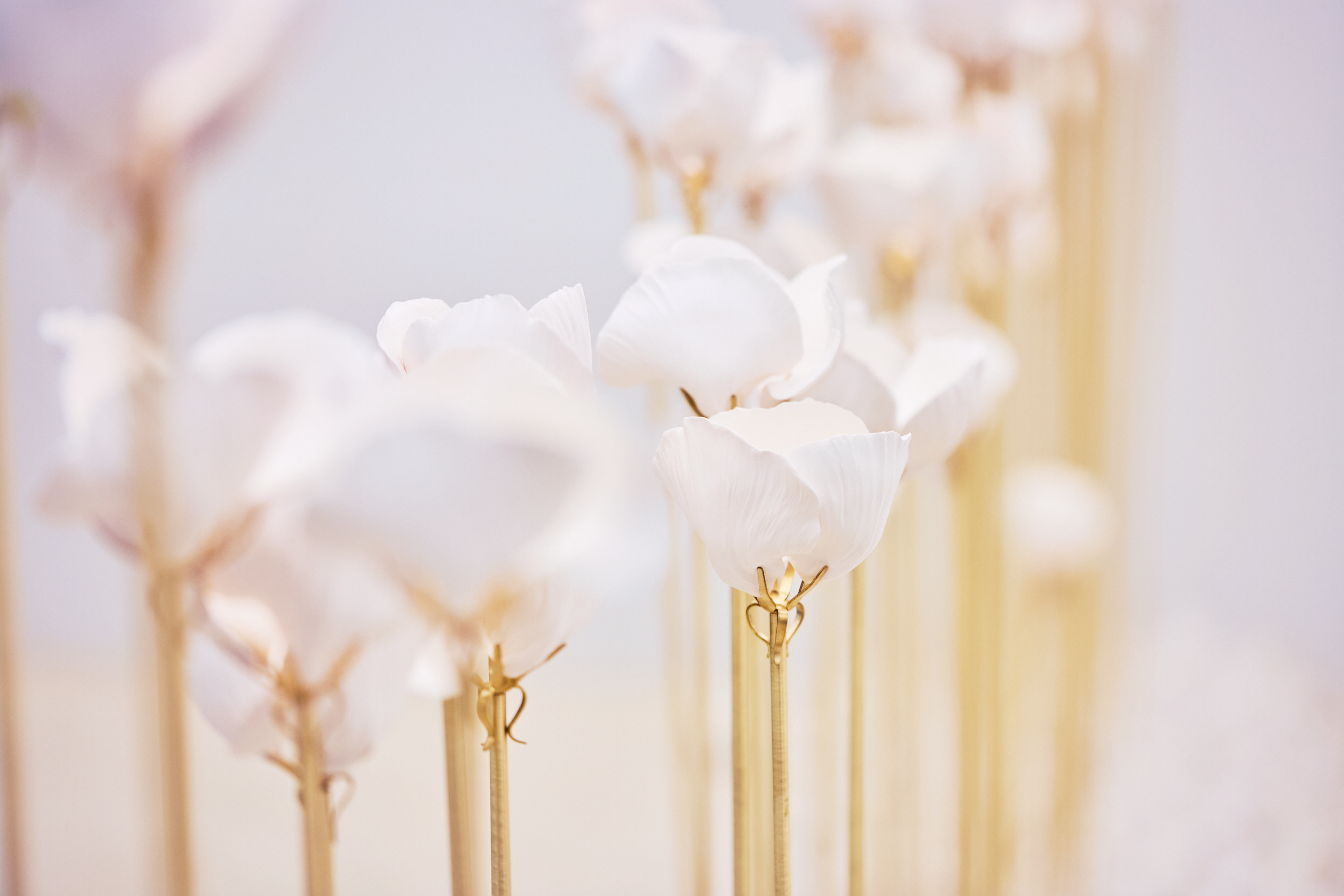
Perfumed porcelain roses that greet viewers at the entrance to Perfume, Sculpture of the Invisible
Perfume, Sculpture of the Invisible celebrates the full-range of his artistic output, with a focus on his collaborations with other creatives and olfactory experiments. Visitors to Palais de Tokyo can expect to find gloves scented using 18th-century techniques and a fragrance called Sillage de la Reine (In the Wake of the Queen), which recomposes a perfume in the style of Marie-Antoinette according to the formulation rules of her time. On display is also a recreation of L’Or bleu (Blue Gold), a scented, drinkable water developed in partnership with the artist Yann Toma and ‘V-Scent,’ a device designed by Francis Kurkdjian to diffuse digital fragrances through a virtual reality headset.
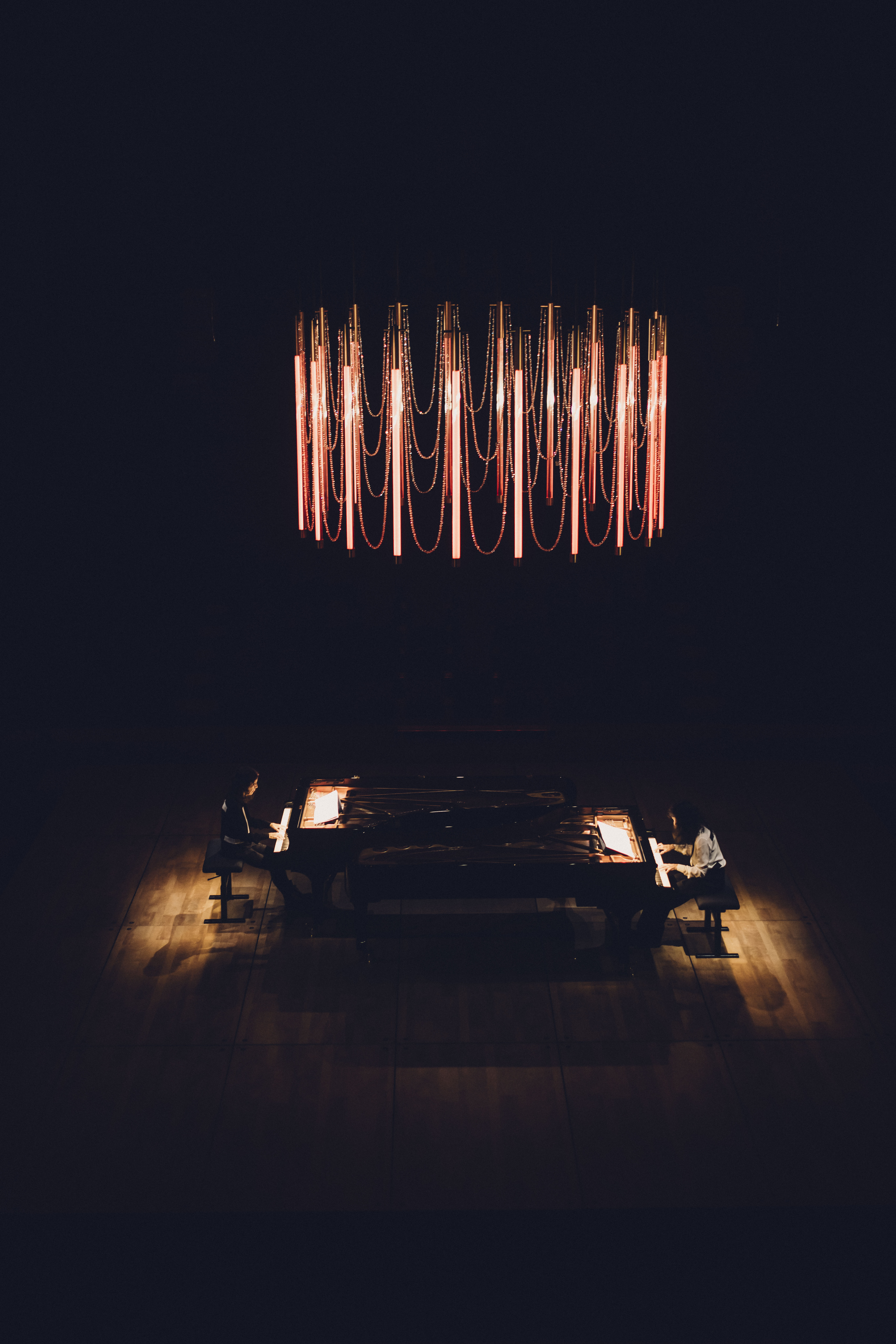
Image from Francis Kurkdjian's collaboration with Philharmonie de Paris
One of the most memorable moments in the exhibition is a video and installation on The Smell of Money, Kurkdjian’s 1999 collaboration with the artist Sophie Calle for which he designed a fragrance inspired by a well-worn dollar bill that was both ‘attractive and repulsive.’ As well as an immersive recreation of Kurkdjian’s 2008 exhibition The King is Dancing, for which he filled the Ballroom Grove at Versailles with 600 double-wick candles scented with a powdery fragrance of violets with the aim of recreating the atmosphere at one of the Sun King’s lavish balls. The exhibition also culminates in an immersive installation inspired by Baccarat Rouge 540 for which Kurkdjian collaborated with the artist Elias Crespin, the world’s most starred female chef Anne-Sophie Pic, the composer David Chalmin and pianists Katia and Marielle Labèque to create an experience that activates all five senses.
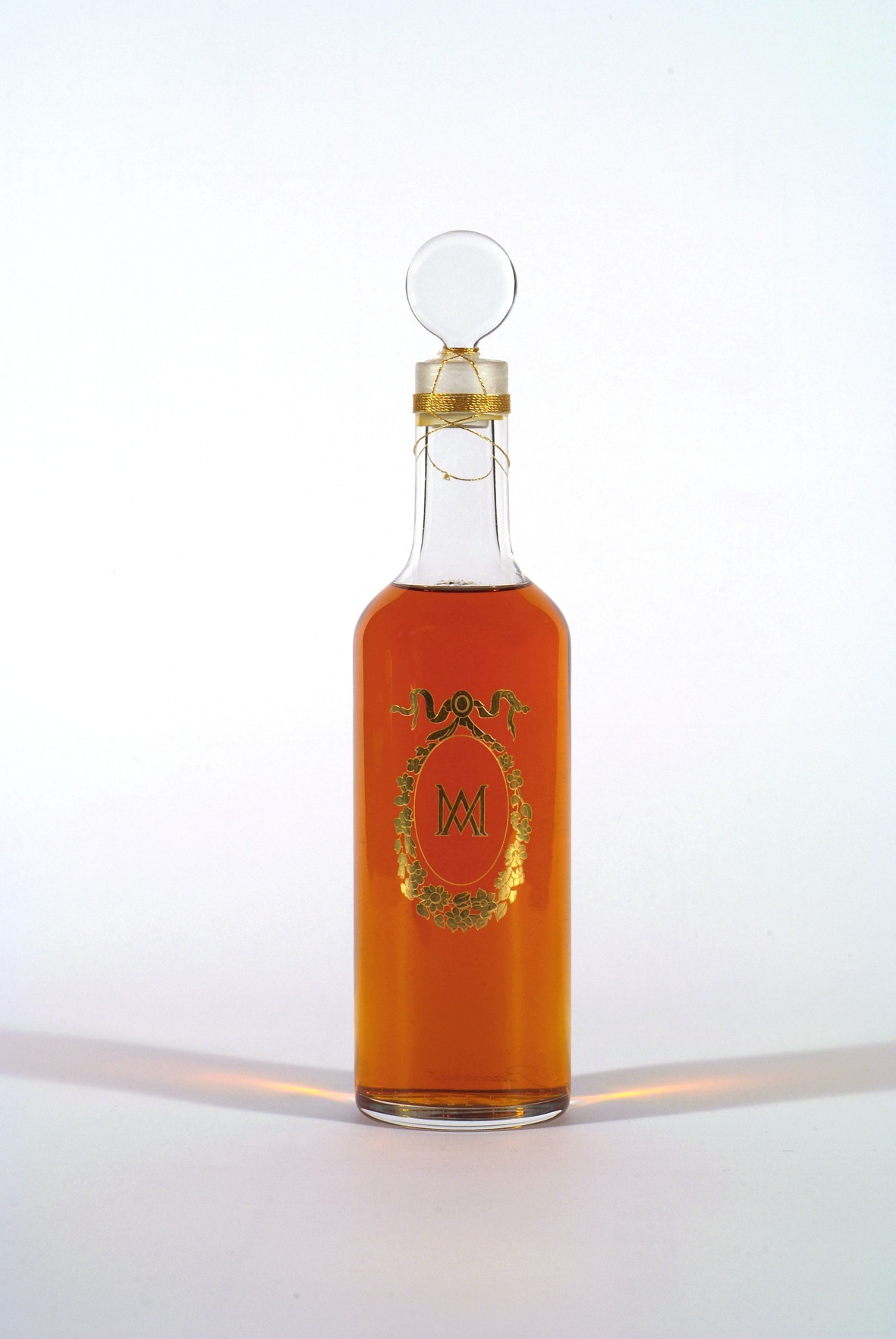
'Sillage de la Reine' by Francis Kurkdjian
These are just a few of the many projects that make up the Perfume, Sculpture of the Invisible, the result of which is a fascinating documentation of the history of perfumery as well as a revealing exploration of what forms the industry might take in the future. For Kurkdjian, going through the exhibition and viewing decades of work in one space was an emotional, and revelatory, experience.
‘Jérôme Neutres, the curator of this exhibition, forced me to step back and observe my own creative process from a distance,’ Kurkdjian writes over email. ‘It is not something I have done before. I realised that, over the years, I’ve been sculpting emotion, memory, and silence – not just perfume. It reminded me that what I create isn’t only about fragrance, but about presence and absence, about how we connect to the world and to ourselves through invisible traces.’
‘In a way, the exhibition made me more aware of the artistic dimension of my practice, beyond the craft – and it opened up new questions, which is always the beginning of something exciting.’
Receive our daily digest of inspiration, escapism and design stories from around the world direct to your inbox.
Mary Cleary is a writer based in London and New York. Previously beauty & grooming editor at Wallpaper*, she is now a contributing editor, alongside writing for various publications on all aspects of culture.
-
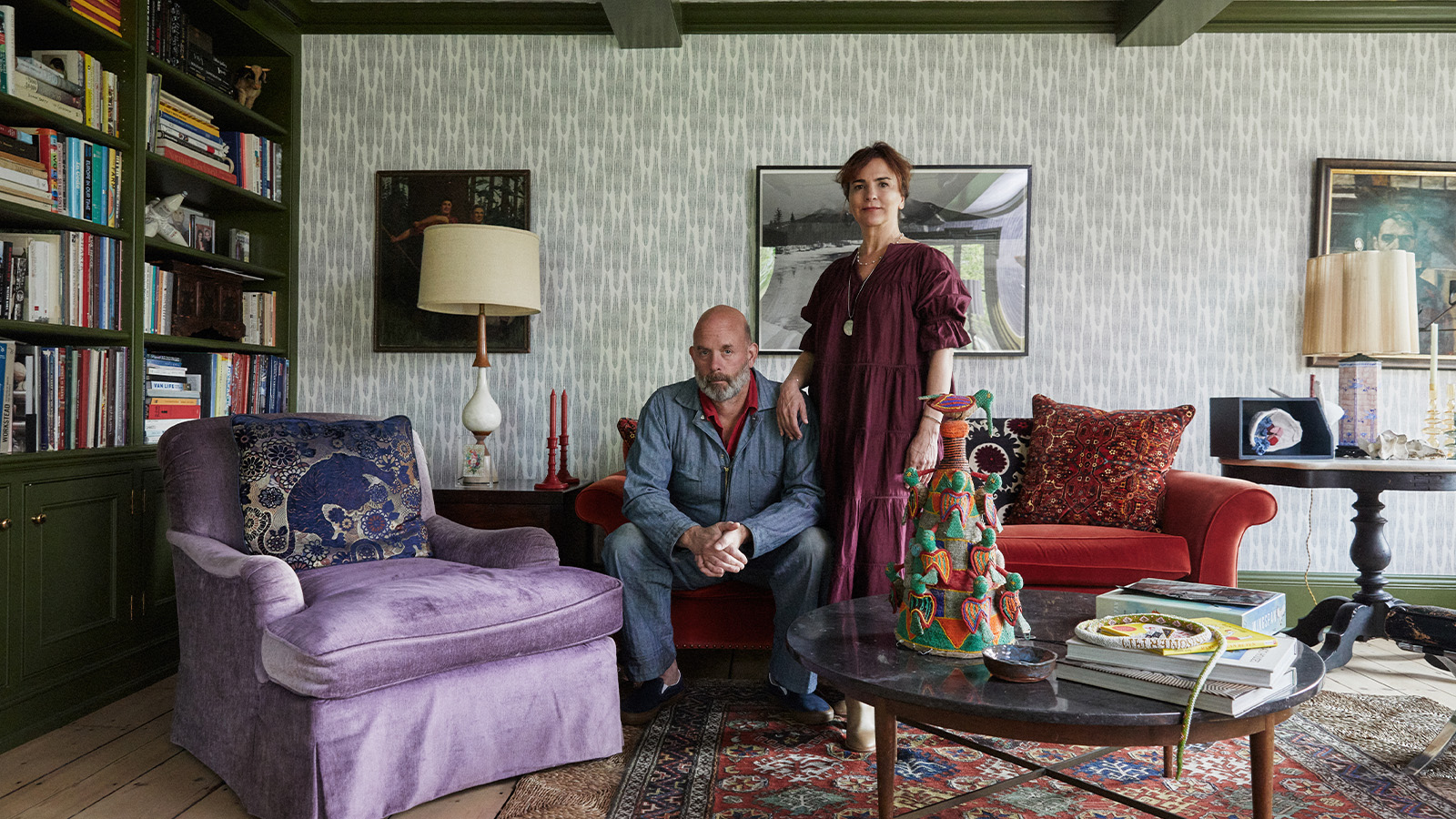 How We Host: Interior designer Heide Hendricks shows us how to throw the ultimate farmhouse fête
How We Host: Interior designer Heide Hendricks shows us how to throw the ultimate farmhouse fêteThe designer, one half of the American design firm Hendricks Churchill, delves into the art of entertaining – from pasta to playlists
-
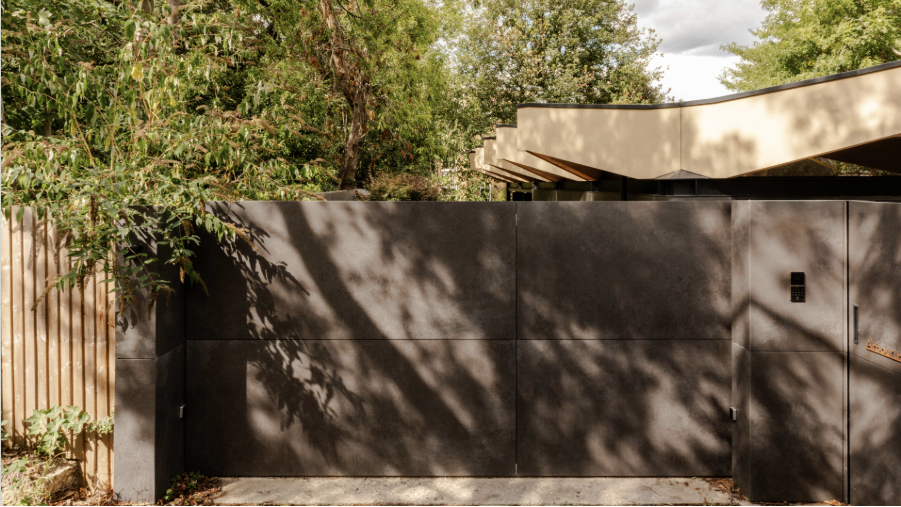 Arbour House is a north London home that lies low but punches high
Arbour House is a north London home that lies low but punches highArbour House by Andrei Saltykov is a low-lying Crouch End home with a striking roof structure that sets it apart
-
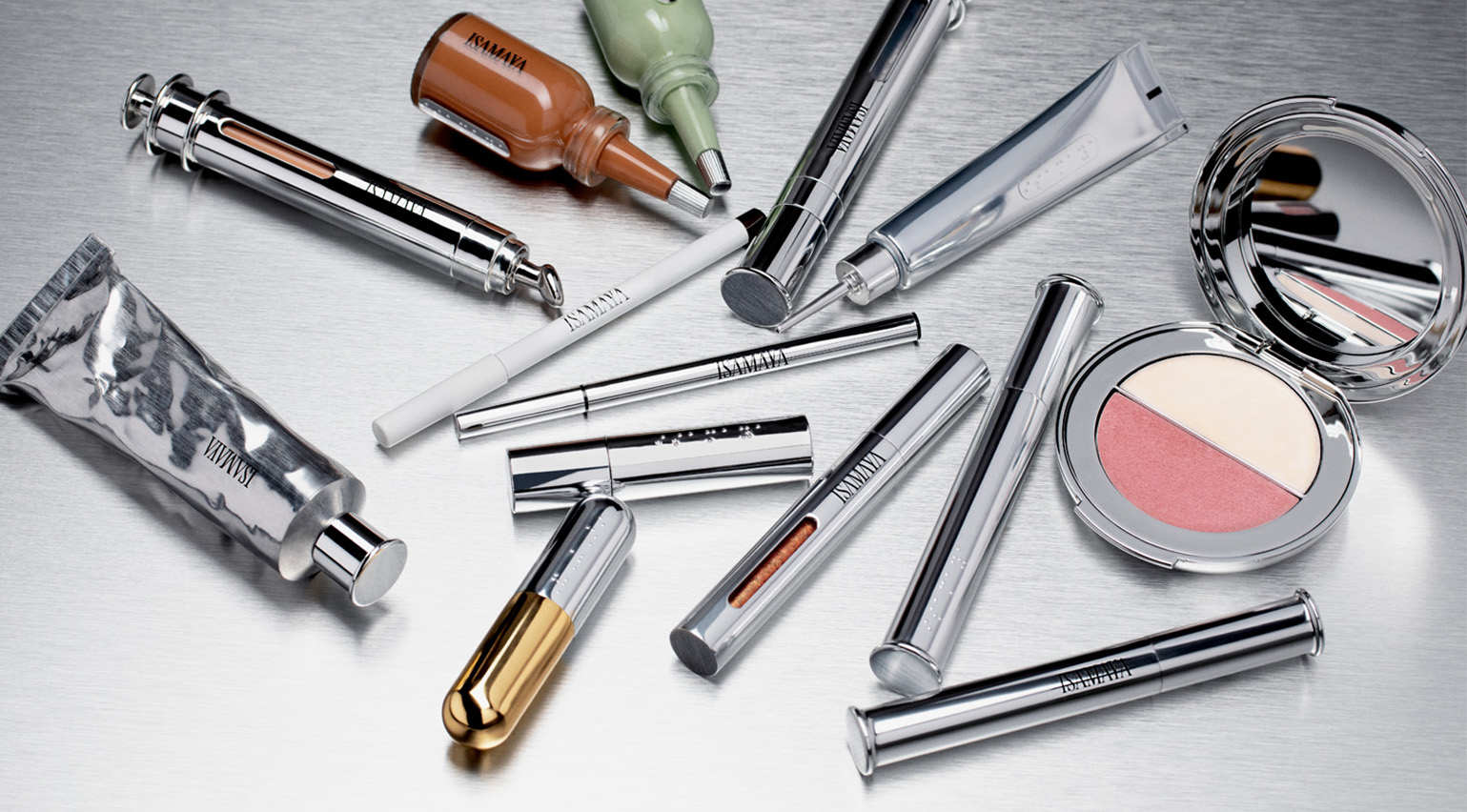 25 of the best beauty launches of 2025, from transformative skincare to offbeat scents
25 of the best beauty launches of 2025, from transformative skincare to offbeat scentsWallpaper* beauty editor Mary Cleary selects her beauty highlights of the year, spanning skincare, fragrance, hair and body care, make-up and wellness